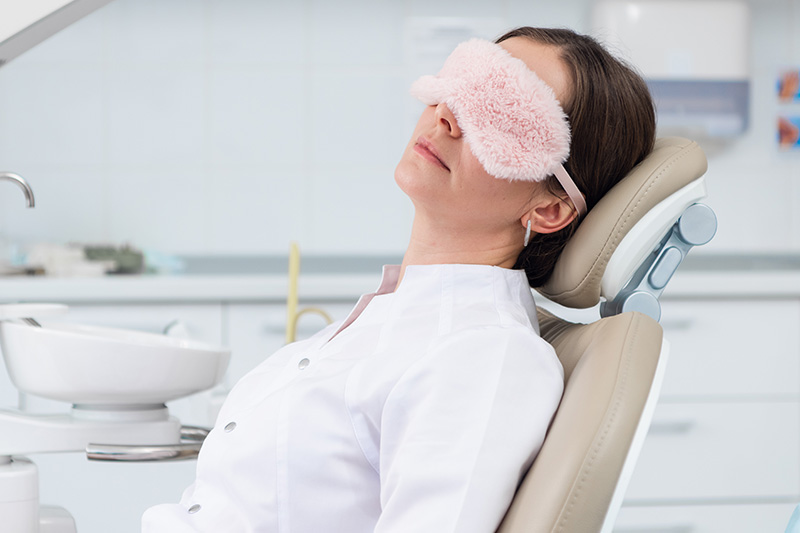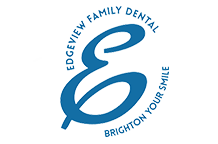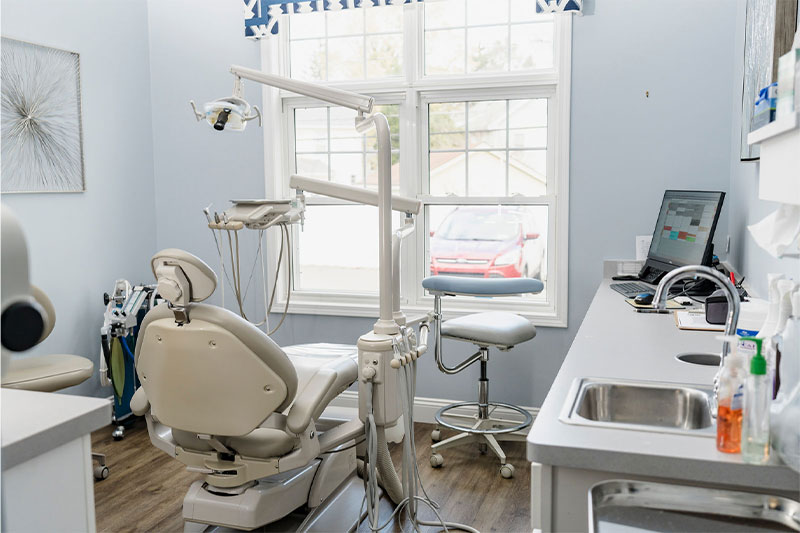Sedation in Rochester

A visit to the dentist is not always fun, yet it is an essential part of life. If you find that the idea of visiting the dentist or going through a dental procedure fills you with fear and anxiety, then Dr. Hunter LaRosa, DDS may recommend a form of sedation to help ease the anxiety and make you feel comfortable enough to receive the dental care you need.
Sedation Dentist Near Me, Rochester 14618
There are different sedation techniques that can be used to calm dental patients before and during in-office treatment, or to make them more comfortable for longer procedures. Dental sedation is different from pain management. The latter involves shots and numbing agents. But if the idea of getting a numbing shot frightens you, then dental sedation can help you relax and take your mind off the treatment process.
Depending on your level of dental anxiety, Dr. Hunter LaRosa, DDS may recommend one of the following types of dental sedation:
1. Oral Sedation
Oral sedation is not a painkiller. The dentist will still inject painkiller medication to numb the gums near the procedure area to keep it pain-free. Oral sedation is great for patients who experience a lot of fear and anxiety at the dentist's office.
Oral sedation comes in liquid or pill form. The medication starts to work in about 20 minutes, so it is normally taken when the patient arrives at the dentist's office. Normally, patients should not eat or drink after midnight the night before the appointment. The dentist's office will give specific directions.
During the procedure, the patient’s vital signs will be monitored closely by the dental staff. Oral sedation medicine may last up to six hours after the treatment. This is why patients should not go back to school or work after the procedure.
It is normal for patients to seem incoherent afterward. When the oral medication wears off, the patient may not remember what happened during the procedure.
2. Nitrous Oxide Sedation
Nitrous oxide or laughing gas is usually given before dental procedures such as root canal therapy or crown placement to help patients relax. The gas is administered by placing the apparatus over your nose to inhale it. The effects are mild, and you will be conscious (awake) during the procedure. The effects wear off as soon as the apparatus is removed and you stop inhaling the gas, usually within a minute.
Nitrous oxide can be used alone, or in combination with oral sedation if stronger sedation is desired while keeping the patient awake.

